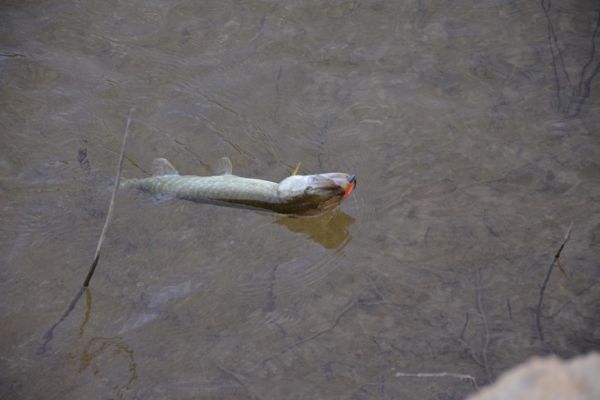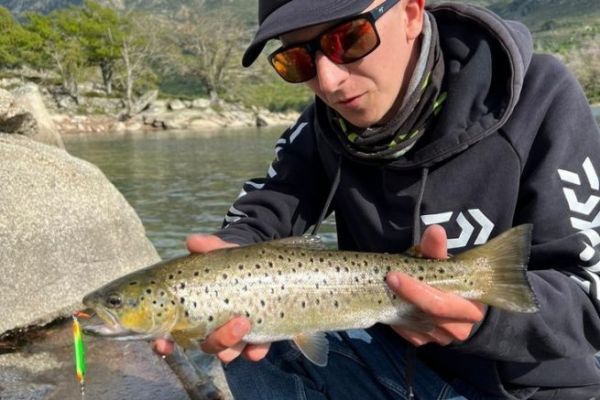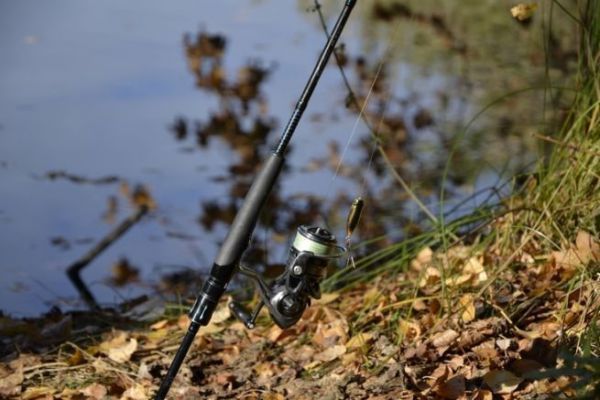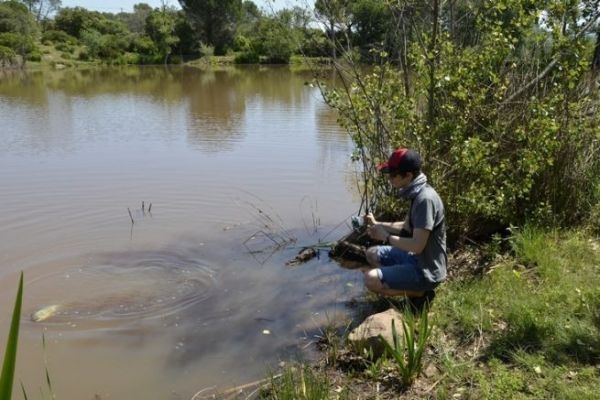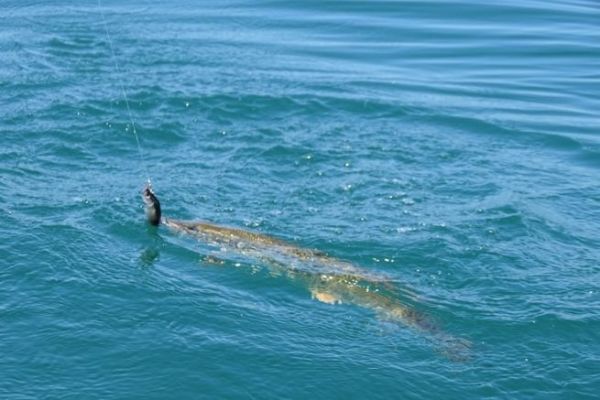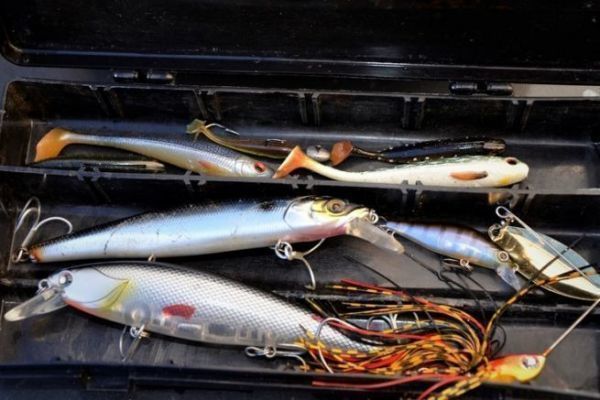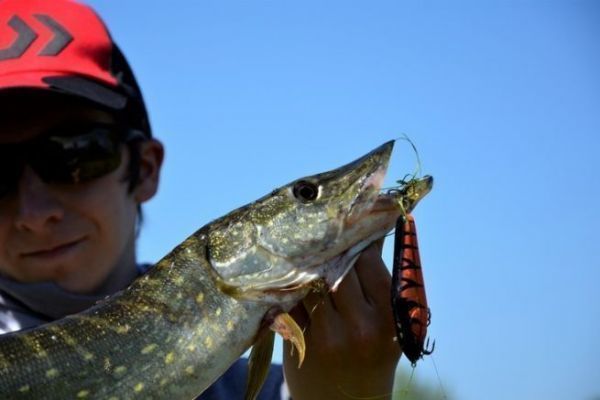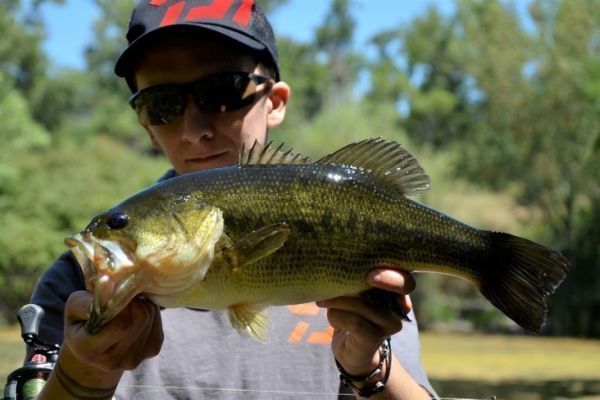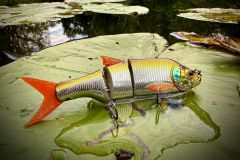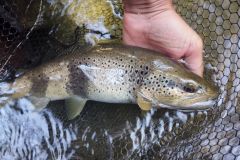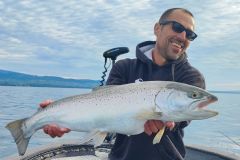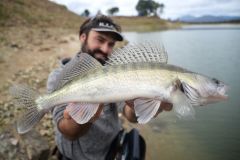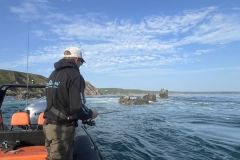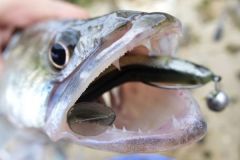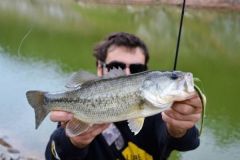Lure fishing can be done with either a spinning or a casting outfit. To begin, it is easier to start with a spinning set, which is the choice we propose in this series of articles.
Some basic principles
A rod for lure fishing is composed of several distinct elements. The major part is the blank, the body of the rod. It can be of different lengths, thicknesses and strength. Some blanks have fast or tip actions, while others have more progressive or parabolic actions.
These actions determine the angle the rod will take when it is tensioned. The point actions generally allow for better casting distances and a better feel. Parabolic and semi-parabolic actions are used to counteract the angler's mistakes in fighting to avoid landing fish too frequently.
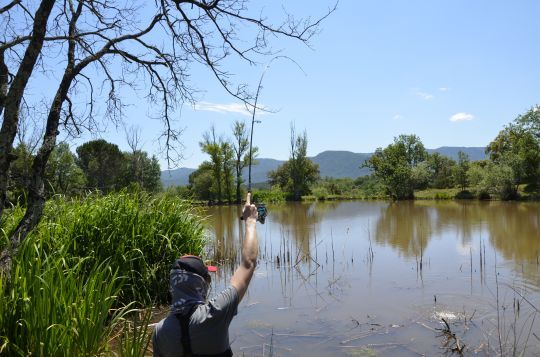
Length and power
Choosing the right rod to begin with will make fishing more fun and satisfying, especially during the first few sessions.
A beginner does not systematically have a good casting technique, this comes with time and experience. To facilitate this learning process, a rod with a good length, from 2m20 to 2m40 will allow to obtain sufficient casting distances. The power range of a rod is given in grams, it corresponds to the weight of the lures that the rod can throw.
For beginners, a rod with a range of 5-14 grams or 7-21 grams will cover both fine fishing for perch and black bass, while remaining strong enough to handle pike under 70 cm. Starting out with a rod that is too powerful and looking for trophy fish too quickly will not allow you to properly learn the importance of fine techniques, which are often very effective when saving fish.
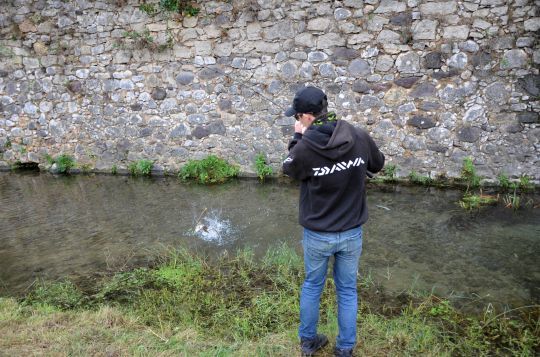
The action of the cane
As for the action of the latter, prefer a semi-parabolic rod, much more suitable for beginners when fighting with fish that could be badly hooked. The more progressive action will forgive many more mistakes than a rod with a tip action.
Note that parabolic or semi-parabolic hooks should be well supported, even if a long rod will facilitate the penetration of the hook thanks to the angle given on a too weak hooking.
Perch, black bass and trout are fish that can be easily unhooked, which is why it is important to use a rod that absorbs head strikes and jumps thanks to its flexibility. A rod that is too stiff or too powerful is much less forgiving of mistakes on these fish.

 /
/ 

